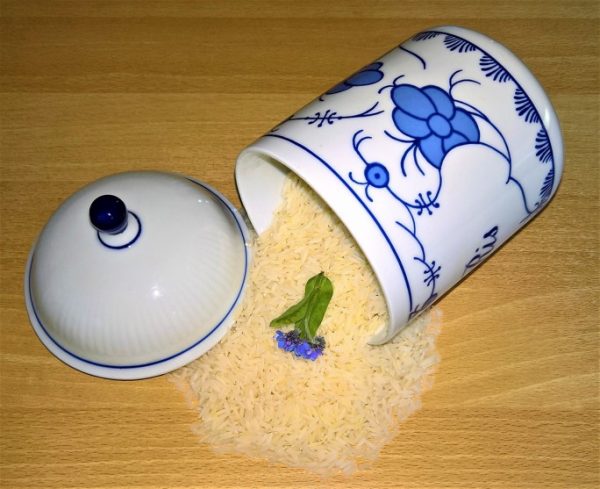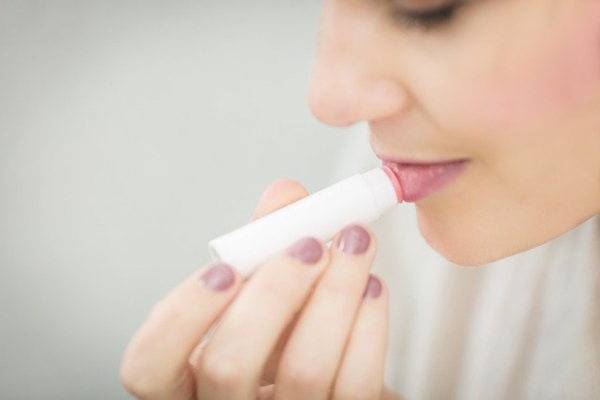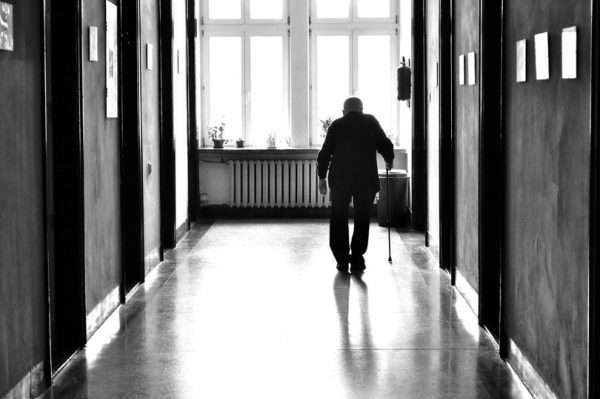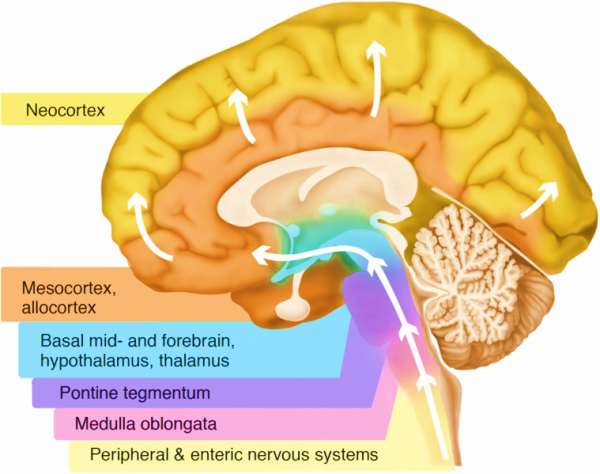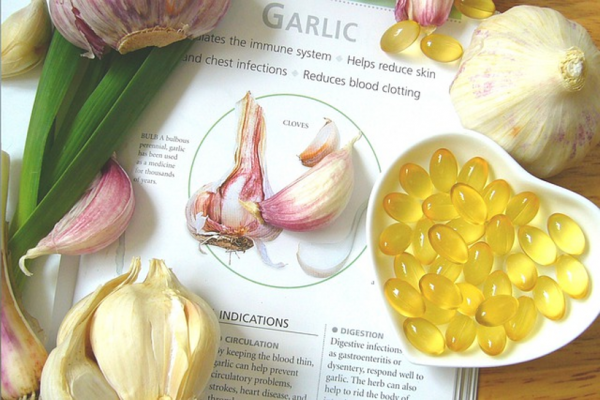
Laughter is the best medicine
If you are not using your smile, you are a man with a million dollars in the bank and no checkbook! -Les Gibbin
Laughter is part of the universal human vocabulary. Laughter is a powerful antidote to stress, pain, and conflict. Nothing works faster or more dependably to bring your mind and body back into balance than a good laugh. Laughter is your birthright, a natural part of life that is innate and inborn. Infants begin smiling during the first weeks of life and laugh out loud within months of being born. Even if you did not grow up in a household where laughter was a common sound, you can learn to laugh at any stage of life. The first laughter appears at about 3.5 to 4 months of age, long before we’re able to speak. Laughter, like crying, is a way for a preverbal infant to interact with the mother and other caregivers. One pioneer in laughter research, William Fry, claimed it took ten minutes on a rowing machine for his heart rate to reach the level it would after just one minute of hearty laughter.
Physical Health Benefits:
- Boosts immunity
- Lowers stress hormones
- Decreases pain
- Relaxes your muscles
- Prevents heart disease
Social Benefits:
- Strengthens relationships
- Attracts others to us
- Enhances teamwork
- Helps defuse conflict
- Promotes group bonding
Mental Health Benefits:
- Adds joy and zest to life
- Eases anxiety and fear
- Relieves stress
- Improves mood
- Enhances resilience
More than just a respite from sadness and pain, laughter gives you the courage and strength to find new sources of meaning and hope. Even in the most difficult of times, a laugh–or even simply a smile–can go a long way toward making you feel better. And laughter really is contagious—just hearing laughter primes your brain and readies you to smile and join in the fun.
Creating opportunities to laugh
- Watch a funny movie or TV show.
- Go to a comedy club.
- Read the funny pages.
- Seek out funny people.
- Share a good joke or a funny story.
- Check out your bookstore’s humor section.
- Host game night with friends.
- Play with a pet.
- Go to a “laughter yoga” class.
- Goof around with children.
- Do something silly.
- Make time for fun activities (e.g. bowling, miniature golfing, karaoke).
Incorporating more humor and play into your daily interactions can improve the quality of your love relationships— as well as your connections with co-workers, family members, and friends. Using humor and laughter in relationships allows you to:
- Be more spontaneous. Humor gets you out of your head and away from your troubles.
- Let go of defensiveness. Laughter helps you forget judgments, criticisms, and doubts.
- Release inhibitions. Your fear of holding back and holding on are set aside.
- Express your true feelings. Deeply felt emotions are allowed to rise to the surface.
The ability to laugh, play, and have fun with others not only makes life more enjoyable but also helps you solve problems, connect with others, and be more creative. People who incorporate humor and play into their daily lives find that it renews them and all of their relationships.
Here are some ways to start smiling:
Smile. Smiling is the beginning of laughter. Like laughter, it’s contagious. Pioneers in “laugh therapy,” find it’s possible to laugh without even experiencing a funny event. The same holds for smiling. When you look at someone or see something even mildly pleasing, practice smiling. Count your blessings. Literally make a list. The simple act of considering the good things in your life will distance you from negative thoughts that are a barrier to humor and laughter. When you’re in a state of sadness, you have further to travel to get to humor and laughter. When you hear laughter, move toward it. Sometimes humor and laughter are private, a shared joke among a small group, but usually not. More often, people are very happy to share something funny because it gives them an opportunity to laugh again and feed off the humor you find in it. When you hear laughter, seek it out and ask, “What’s funny?”
Spend time with fun, playful people. These are people who laugh easily–both at themselves and at life’s absurdities–and who routinely find the humor in everyday events. Their playful point of view and laughter are contagious. Bring humor into conversations. Ask people, what’s the funniest thing that happened to you today? This week? In your life?. Humor takes you to a higher place where you can view the world from a more relaxed, positive, creative, joyful, and balanced perspective. Laughter may also improve the memory and quality of life during old age.
Sources:
- Webmd.com
- All-natural.com
- Mayoclinic.org
- Medicalnewstoday.com
- Image credit: Image by adtkedia from Pixabay
Author: Sumana Rao | Posted on: November 15, 2016


